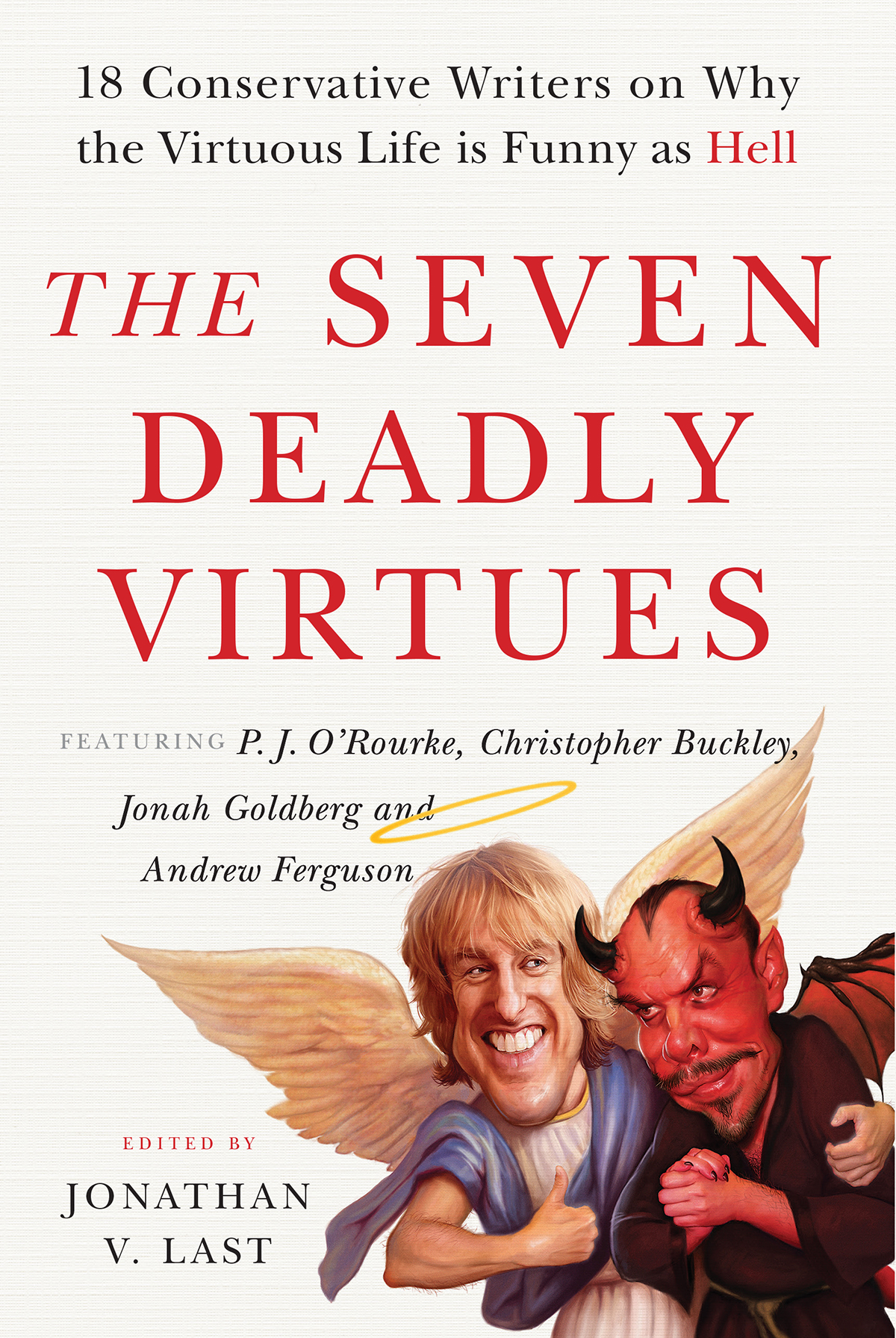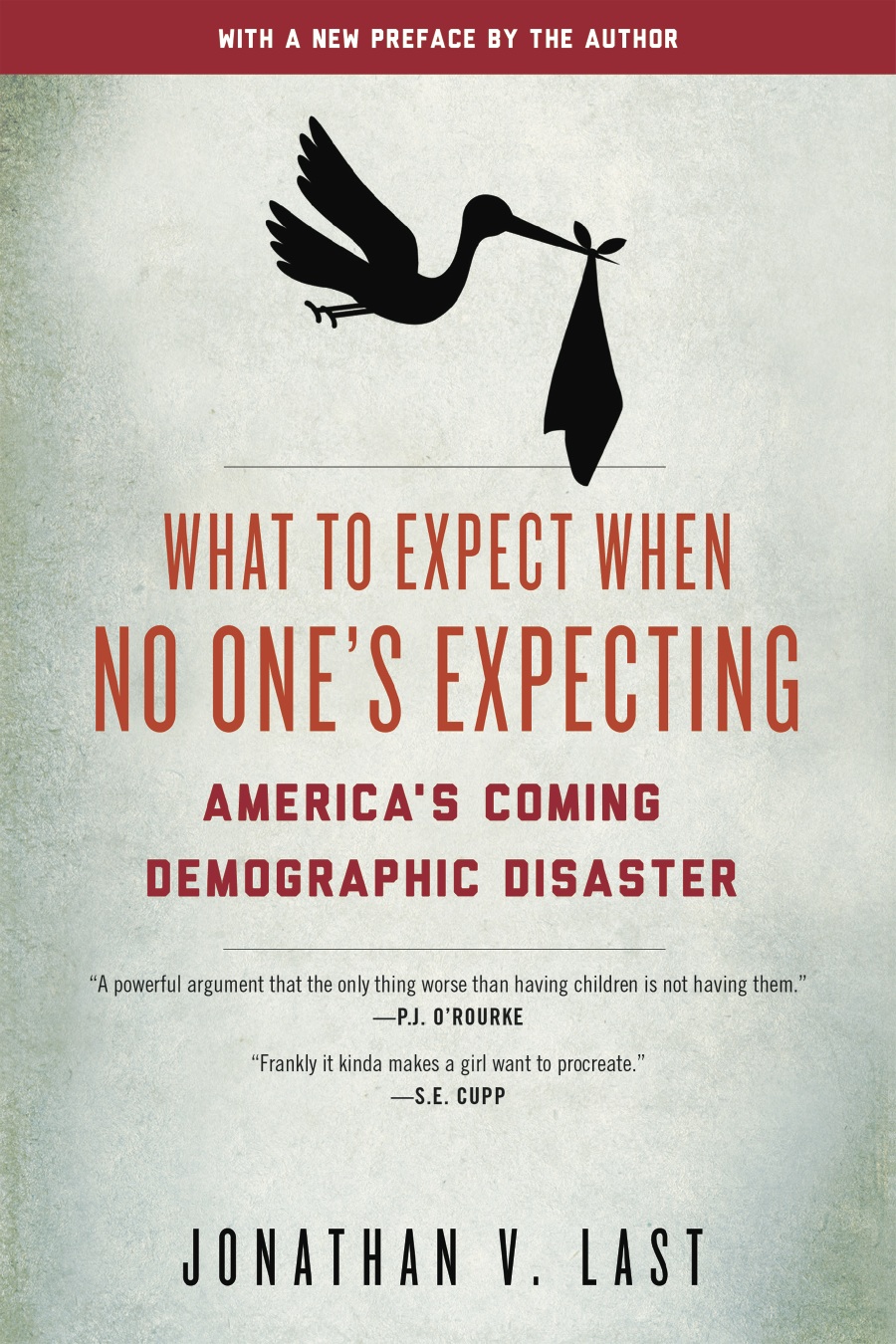November 25th, 2009
Sarah Palin’s future is, of course, the subject of much discussion. Unfortunately, most people discussing Palin confuse their personal preferences with practical analysis, arguing “could” when they really mean “should.” (This tendency has reached epidemic proportions, but that’s a topic for another day.)
Yesterday Matthew Dowd tried to break out of that mold with a mildly analytical piece on Palin’s chances: Dowd posits that presidents with favorable ratings above 51 percent before Election Day have never lost reelection, while no POTUS with a rating under 47 percent has won. In response, stat-head Nate Silver has done some math using head-to-head favorability ratings and suggests that Palin still makes a weaker candidate against Obama than does Mitt Romney.
Whatever the individual merits of Dowd and Silver’s theses, they both deserve credit for not simply projecting their desires out into the future.
When looking at Palin, three things strike me:
(1) At this point, the only event “likely” to happen in 2012–that is, has a greater probability of happening than not happening–is that Barack Obama is likely to win re-nomination from his party. After that, every outcome is less likely than not. Three years out, presidential politics is like taking Tiger Woods vs. the Field: No matter how strong a contender looks, at this distance, the field is almost always the better play.
(2) I’m not the first to observe this (I think Michael Barone was), but you have to go back a long, long time–to FDR–to find a president who won re-election without expanding his support.
Since then, every president who won reelection did so by adding to his majority (or plurality). In other words, if you’re not growing your base of support, you’re losing. Obama was elected with a +7 margin. His style of governing and the ideological content of his policies do not, to my eyes at least, seem designed to increase his standing even further with independents and Republicans. (And he doesn’t have much room to grow with Democrats since he carried them 89 to 10.) This isn’t to say that Obama couldn’t win with +3 in 2012–trends are made to be broken! That said, it seems like an interesting number to watch.
(3) It’s hard to win both IA and NH. Since 1972, only three non-incumbents have pulled off the double (Kerry, Carter, Muskie). Two of them went on to win the nomination. No non-incumbent Republican has ever won the pair. That said, a candidate who does win both of the opening contests is very hard to beat under the modern rules of calendar, media, and money. Projecting out from here Palin would seem to have a reasonable (which is not to say probable!) chance to do just that. One assumes that she’ll be very tough in IA, a state that typically rewards cultural conservatives. And depending on what mood NH is in, she could do well there: This is a state that went McCain in 2000 and Buchanan in 1996. In other words, they’ve been open to cutting against the GOP establishment and backing reform, or even populist, candidates in the recent past.
No comments yet, be the first:






